Perfect Pairings: How to Pair Wine with Artisan Cheese for an Unforgettable Tasting
Wine and cheese have a long-standing relationship that has delighted palates around the world. The delicate balance of flavors can transform an ordinary meal into an extraordinary celebration. Artisan cheese, with its unique flavors and textures, pairs beautifully with the myriad of wines available. By understanding the fundamental principles of pairing wine with cheese, you can create memorable tasting experiences that elevate your gatherings.

Image source:https://unsplash.com/photos/bolognese-cheese-beside-herbs-gMW2NZ7JGrE
Understanding Flavor Profiles
Selecting the right wine and cheese requires knowledge of flavor profiles. Cheese comes in a broad range of varieties, which can influence its specific pairings. Creamy cheeses such as brie or camembert typically harmonize with white wines, particularly those that exhibit floral and fruity notes. These wines, like Sauvignon Blanc or Chardonnay, can elevate the richness of the cheese. On the other hand, hard cheeses such as Parmigiano-Reggiano or aged Gouda fare well with bold reds like Cabernet Sauvignon or Zinfandel. The robust structure of these wines complements the saltiness and intense flavors of the cheese, creating a pleasing contrast.
Your palette can be significantly widened through guided tastings. Exploring local wineries often holds surprises, both in flavor and experience. The team behind Urban Legends Tour Co says that these guided tours foster a deeper appreciation for the complexity of wine and cheese pairings and provide insight into the production methods that enhance these artisan offerings. This approach allows enthusiasts to learn the intricacies of tasting and pairing from experts, making the exploration much more enriching.
Additional factors, such as texture and aroma, play a role in determining the best matches. Sweet dessert wines, for instance, can provide balance when paired with strong blue cheeses. Regional traditions often influence pairings as well, creating a cultural connection between wine and cheese.
The Basics of Pairing
When experimenting with wine and cheese pairings, think about the basic tenets of flavor compatibility. One common rule is to match the intensity of the cheese with the wine. Light, young cheeses pair nicely with lighter-bodied wines, while richer, aged cheeses historically harmonize with fuller-bodied selections. The type of milk, cow, goat, or sheep, can play a significant role in flavor, prompting different wines to shine.
A practical way to approach pairing is through the concept of contrast. Strong blue cheeses can be perfectly complemented by sweet wines like Port or Sauternes. The sweetness of the wine offsets the pungency of the cheese, creating an engaging tasting experience. Experimenting with contrasting flavors can lead to delicious discoveries, but there are successful pairing formulas to follow that ensure these combinations work well together.
Texture and Wine Compatibility
Texture plays a critical role in the wine and cheese pairing process. Creamy cheeses with high fat content often call for wines that can cut through that richness. A tangy goat cheese may be enhanced by a crisp Sauvignon Blanc, while a soft, creamy Brie meshes wonderfully with a sparkling wine, which provides a refreshing customer experience.
On the opposite end, firmer cheeses such as a mature cheddar may pair well with a luscious Cabernet Sauvignon. This is largely because the wine’s tannins interact with the proteins in the cheese, creating a smoother finish on the palate. As you delve deeper into the world of pairings, be mindful of how the mouthfeel of both the wine and cheese works together.
Considering Regional Pairings
Regional pairings bring excitement to the tasting experience, aligning flavors rooted in tradition and local terroir. Many aficionados suggest choosing wines and cheeses from the same region to showcase the unique characteristics inherent to the area. A tangy Roquefort from France readily pairs with a Sauternes from the same region, highlighting the chemistry between the items grown in a similar environment.
Locally sourced options encourage a connection to the place and reflect a unique flavor profile carried through generations. Understanding local pairings can provide insight into the history and culture shaped by these artisan producers. Support small local businesses by exploring artisan cheeses and wines in your area, while expanding your knowledge of traditional pairings.
Experimentation and Personal Taste
Individual taste preferences vary widely. The best way to find your perfect pairings is to conduct your tasting sessions, where you can freely mix and match different wines and cheeses. Invite friends or family to join you in this exploration, as varied perspectives offer unique insights into preferences. Be open to discovering what resonates with your palate.
Start with small amounts of both cheese and wine to avoid overwhelming your taste buds, and keep notes on your impressions. Regional festivals and wine fairs often feature artisan cheese selections, which can be the perfect opportunity to explore new pairings. Everyone has their favorites, and what excites one person may not thrill another. Conversations about flavor profiles can lead to exciting new revelations in your culinary journey.

Image source:https://pixabay.com/photos/kermit-frog-wine-drink-alcohol-1651615/
Creating the Ultimate Cheese Board
As you prepare to impress your guests with creative pairings, construct a cheese board to serve as the centerpiece of your tasting experience. Select a variety of cheeses with diverse textures and flavors, such as blue cheese, soft cheese, and hard cheese, to cater to various palates. Accompany your cheese selection with assorted crackers, fresh and dried fruits, nuts, and spreads like honey or fig jam, which can bring different notes to the tasting. Choosing the right presentation is critical.
A wooden board or slate provides a rustic aesthetic that beautifully showcases your cheeses. Don’t forget to include appropriate serving utensils for each cheese, as this adds an element of sophistication and ensures that your guests can easily sample everything. Elevating your tasting experience involves not just an eye for pairings but a creative touch in the presentation. An inviting ambiance, perhaps setting the scene with candles or placing fresh flowers on the table, completes the atmosphere for an unforgettable evening.
As you venture into the art of pairing wine and artisan cheese, immerse yourself in the delights of discovery. Understanding flavor profiles, textures, and regional traits, while allowing your personal taste to guide the experience, will set the foundation for crafting remarkable tasting events. Enjoy forging connections not only with the food you appreciate, but with the stories that lie behind each wine and cheese.



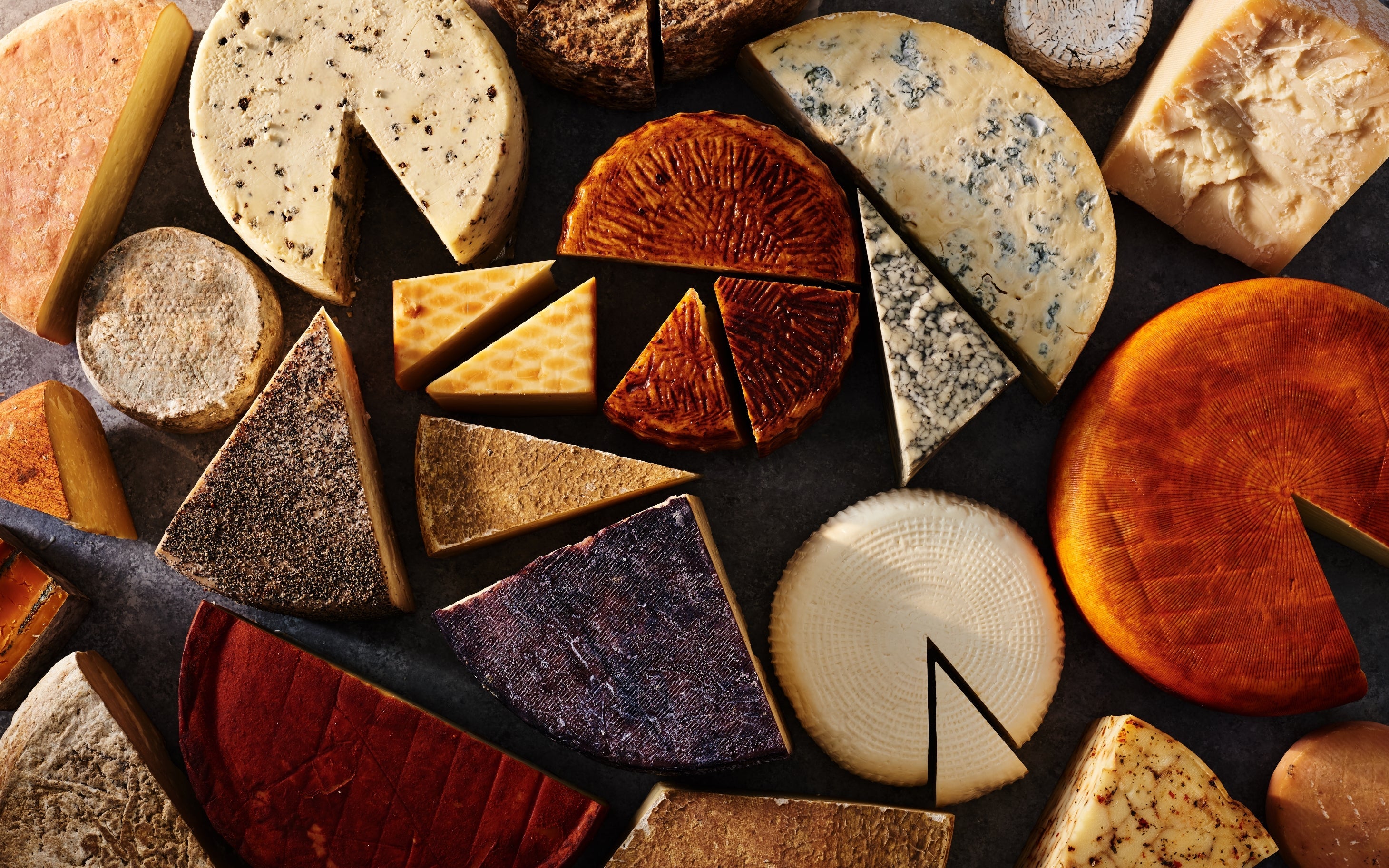
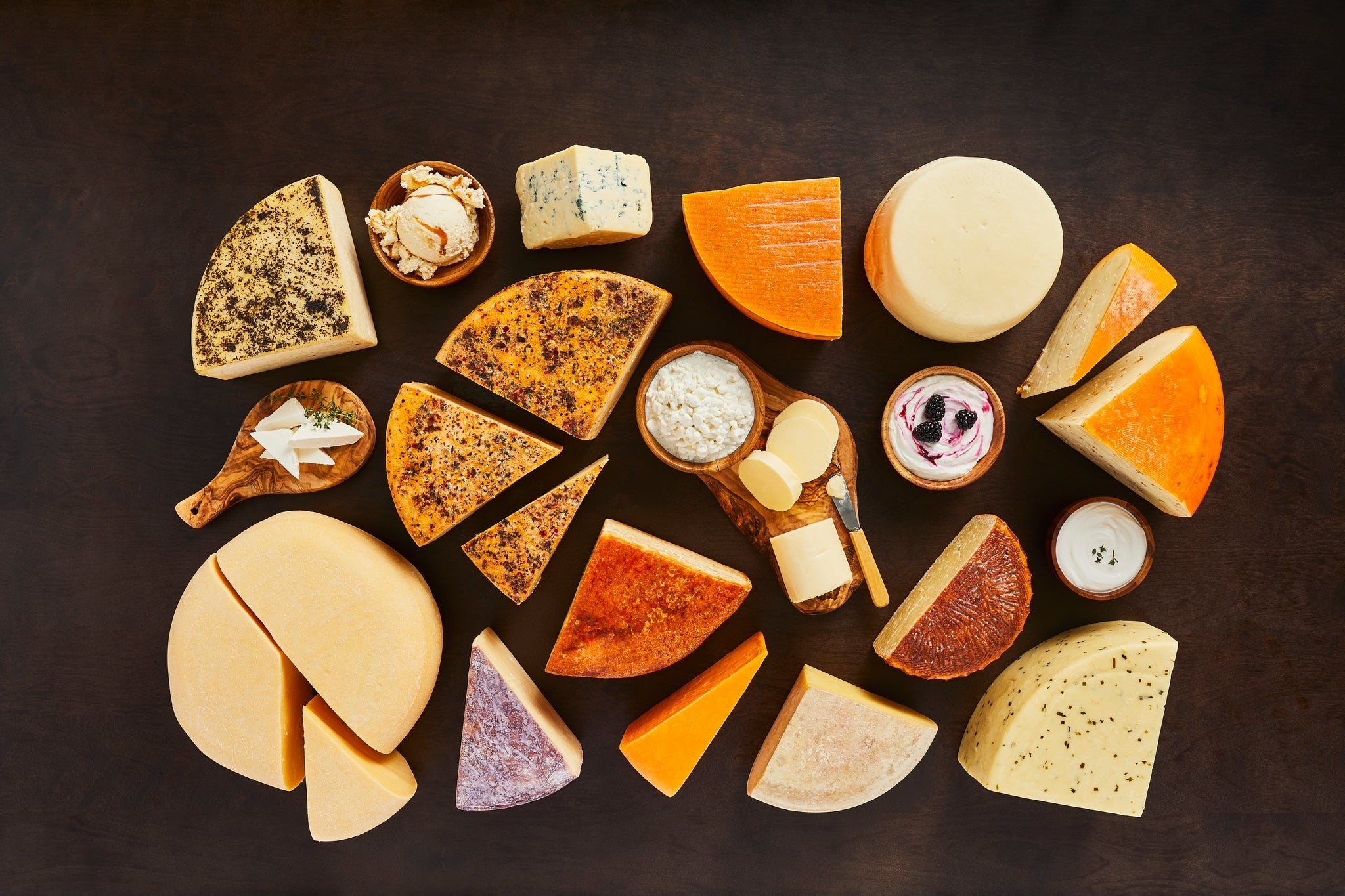
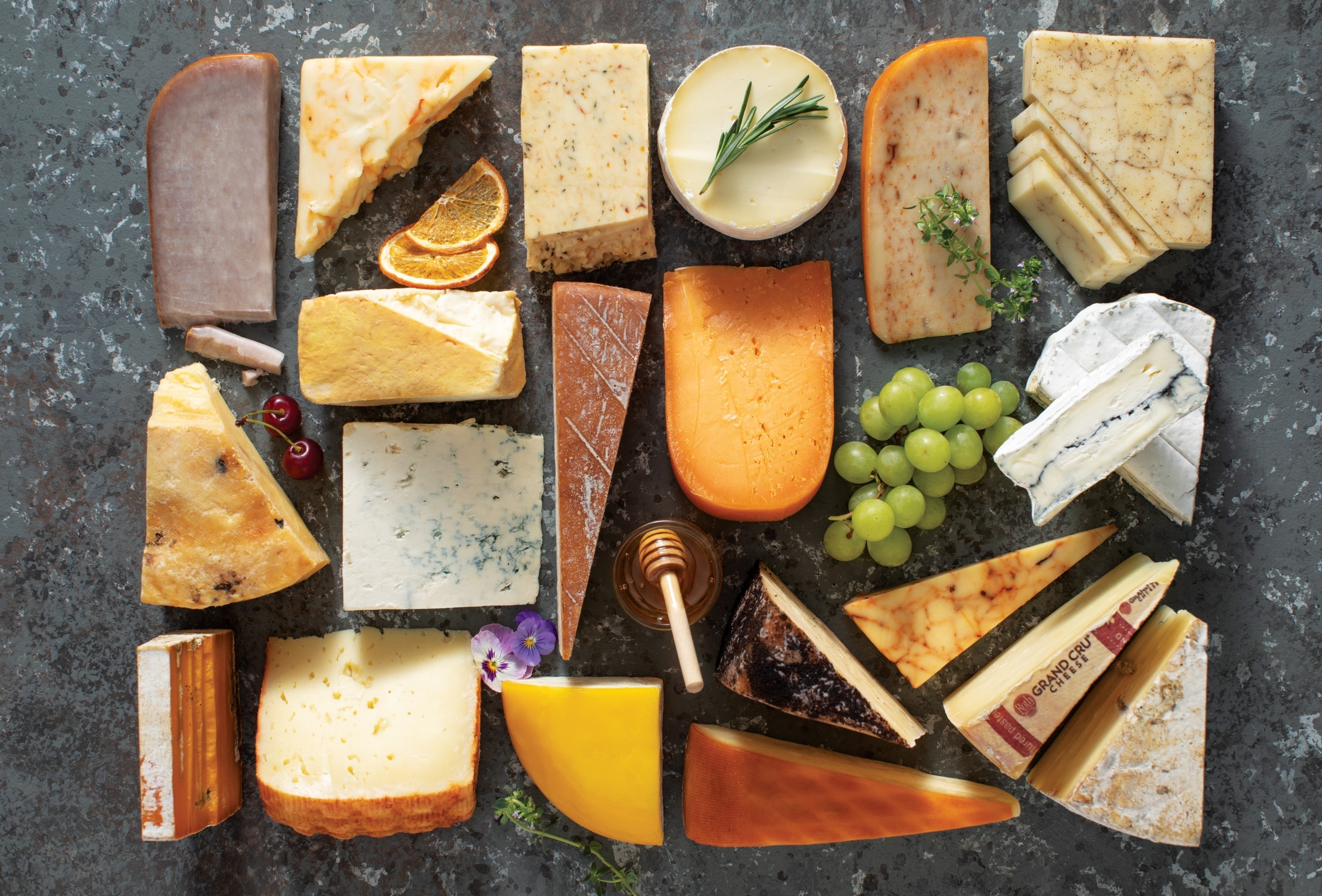

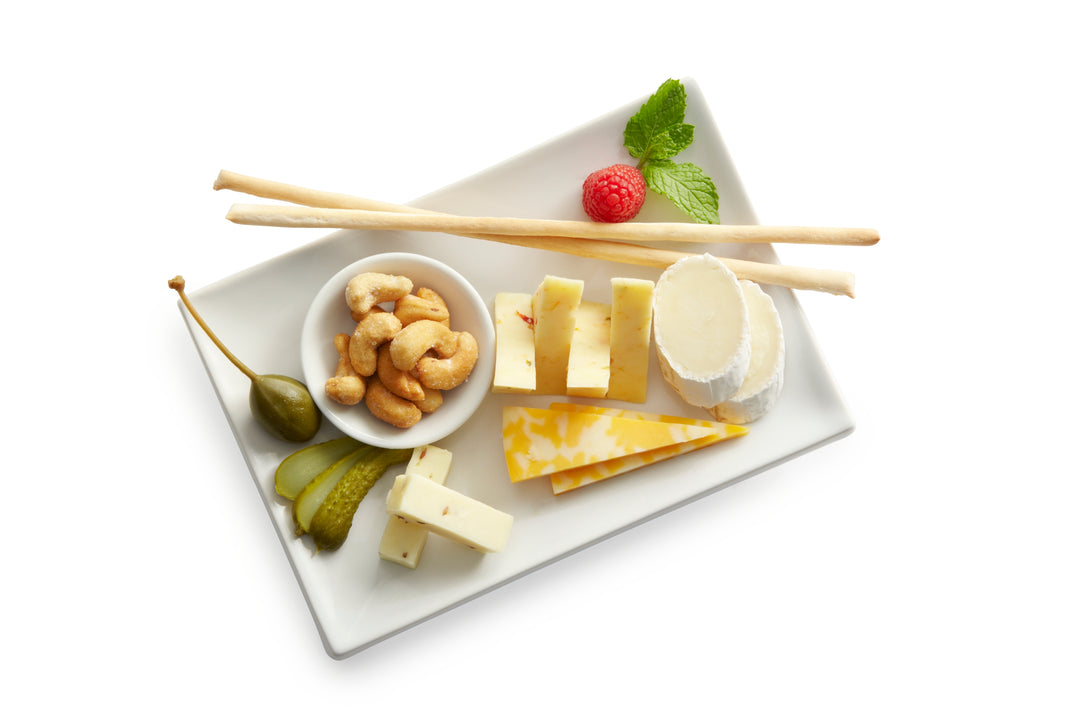
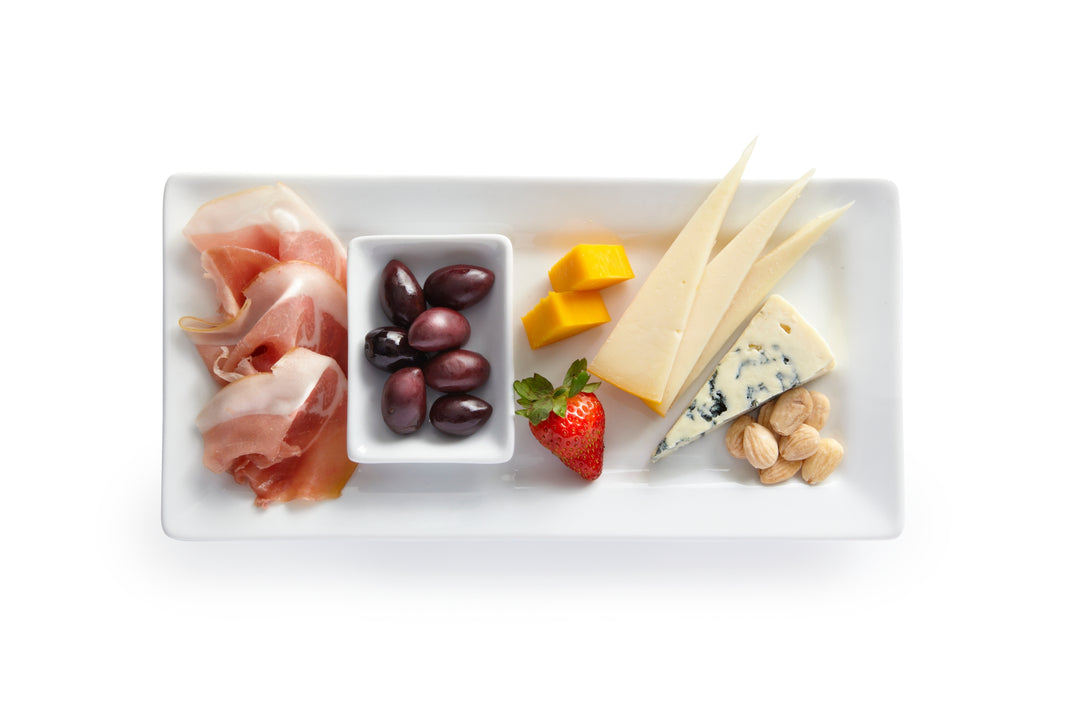
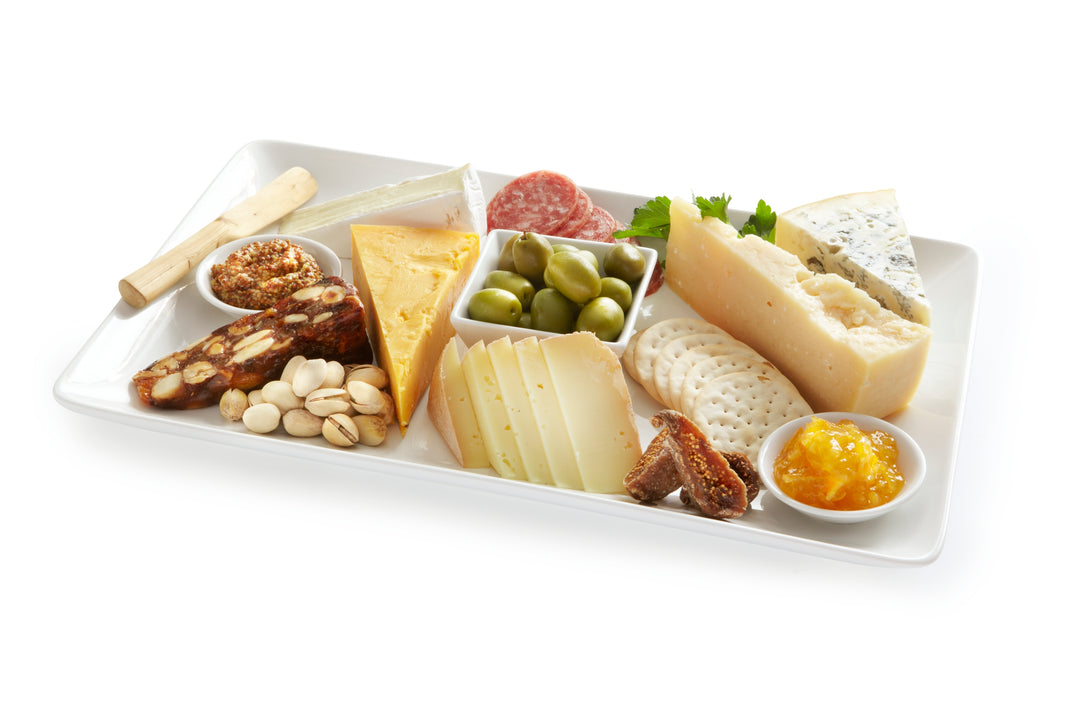
Leave a comment